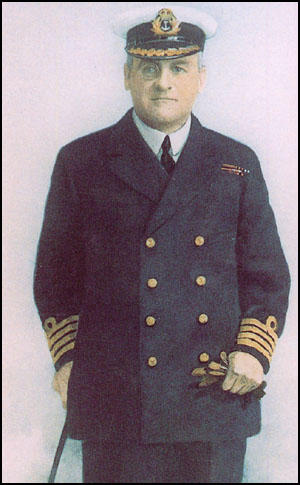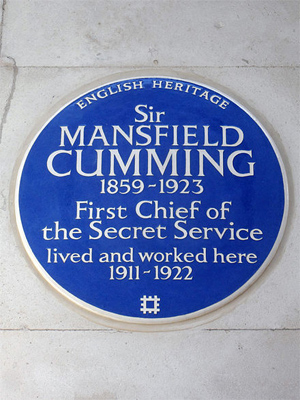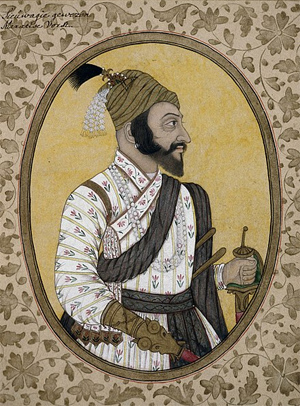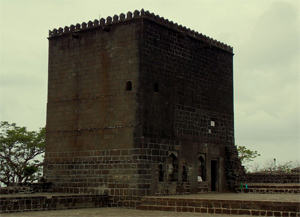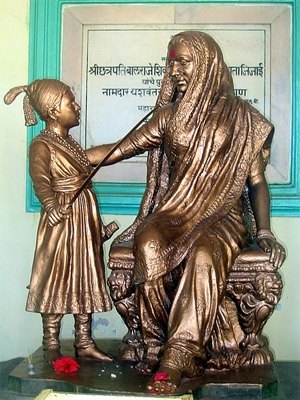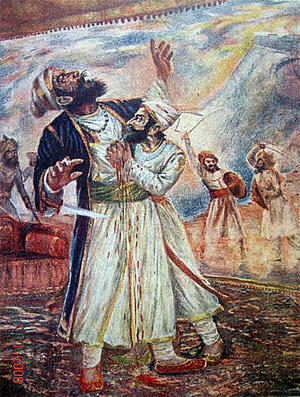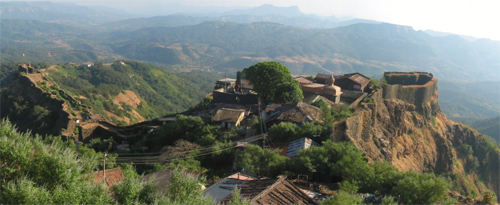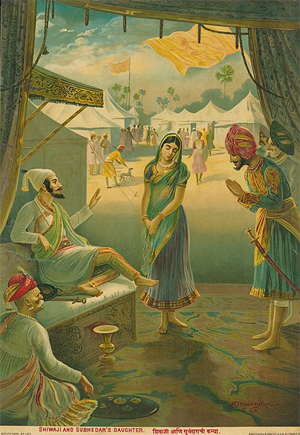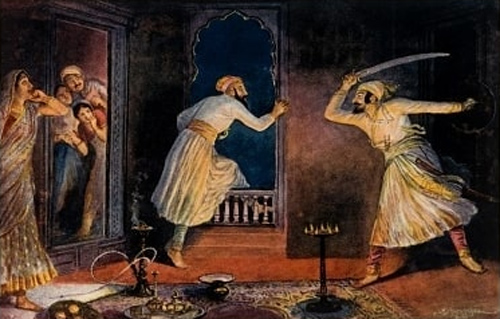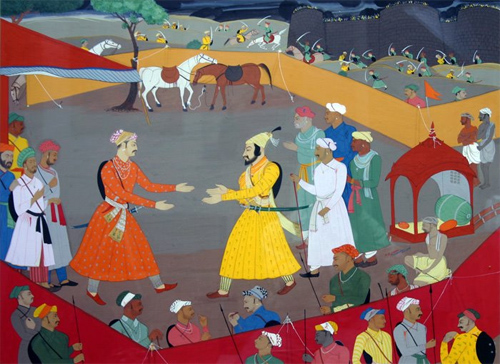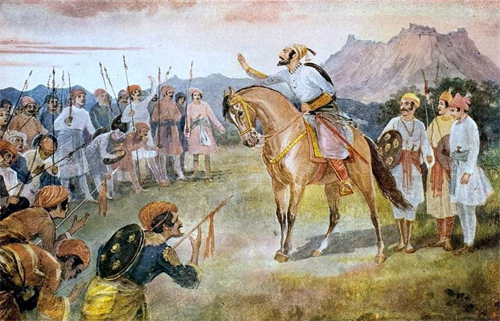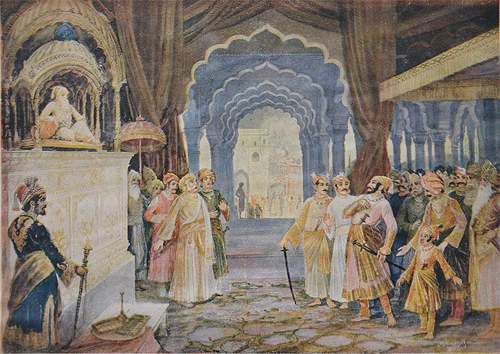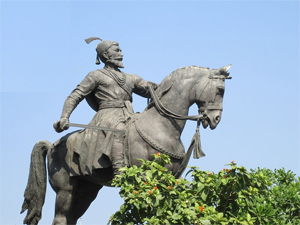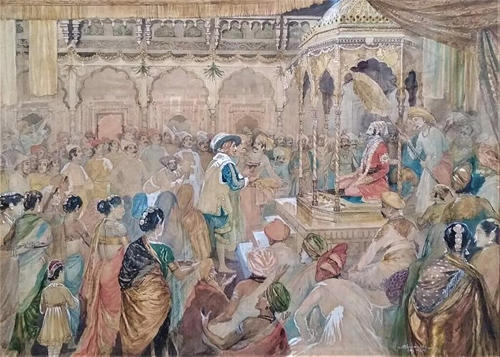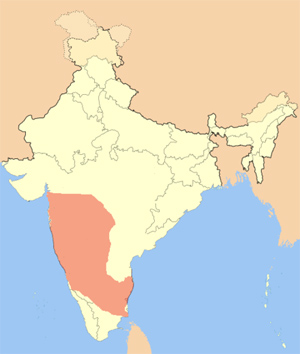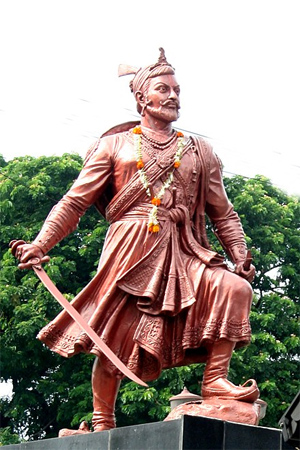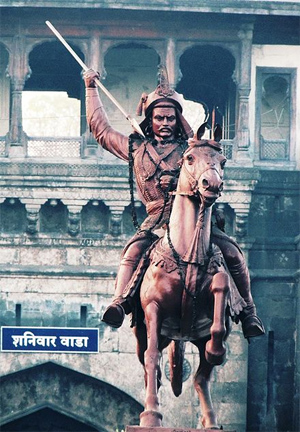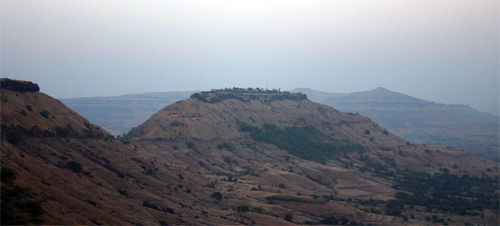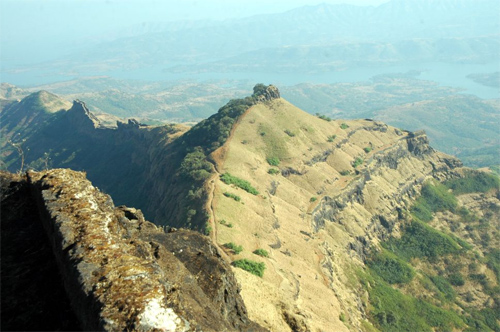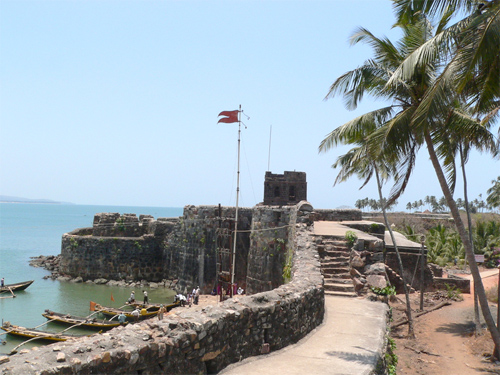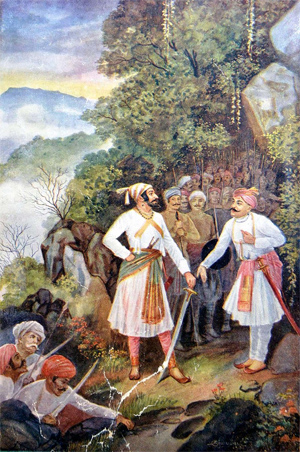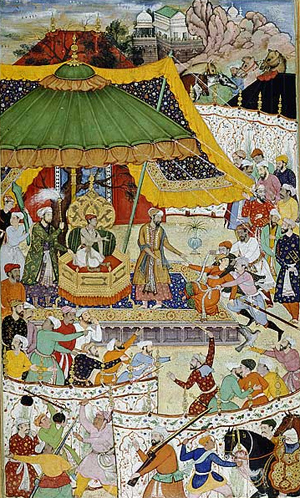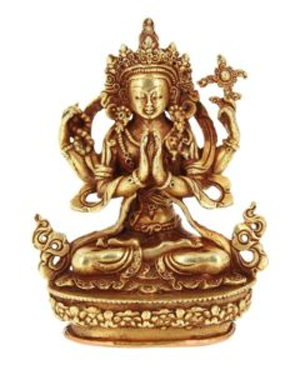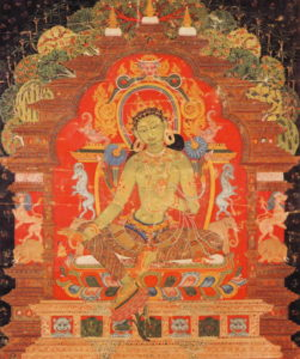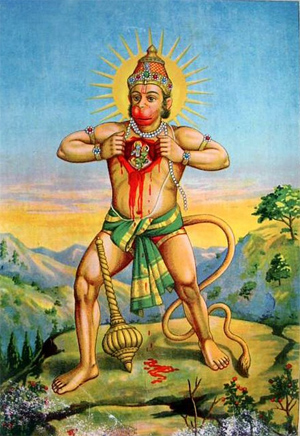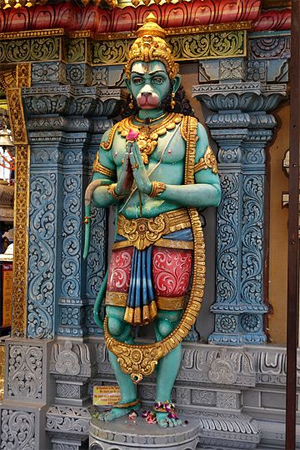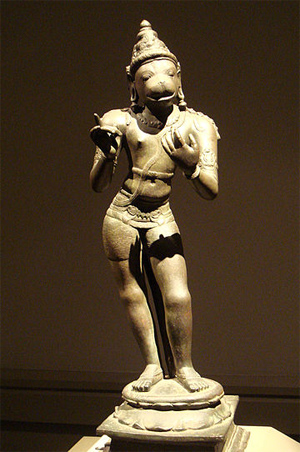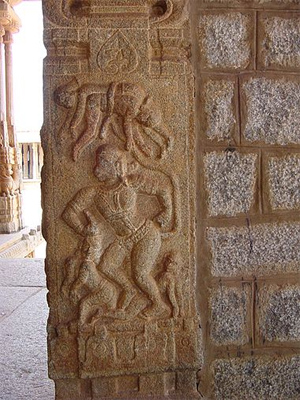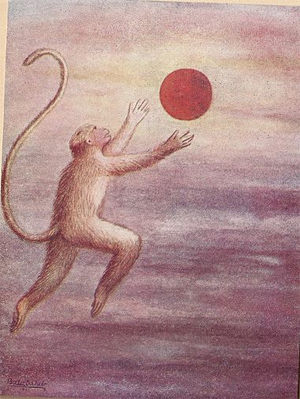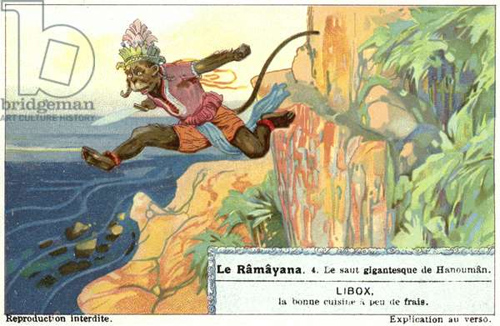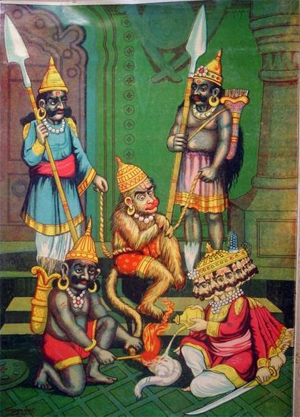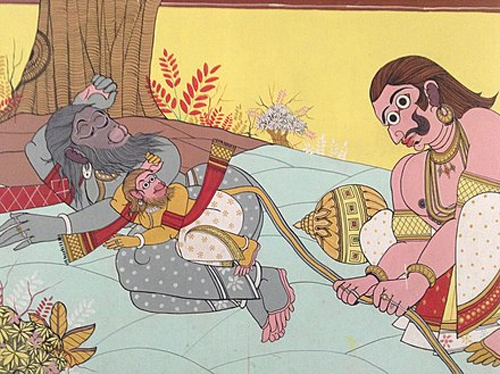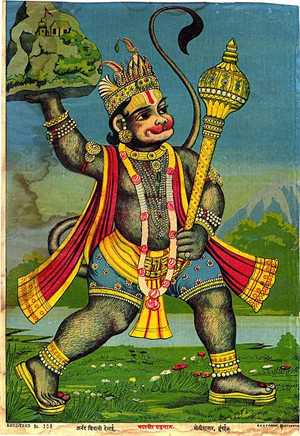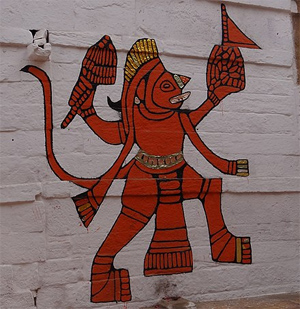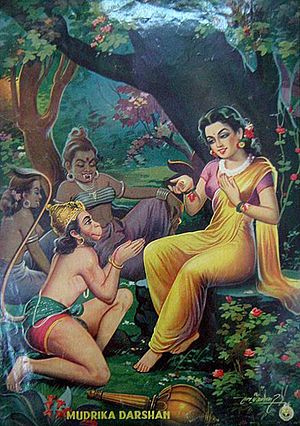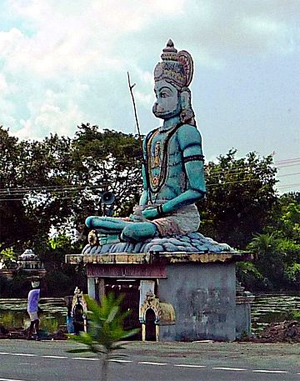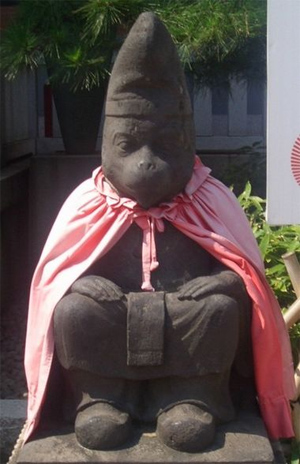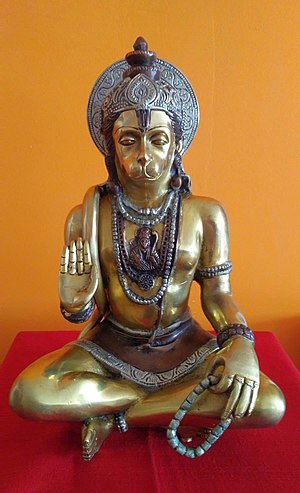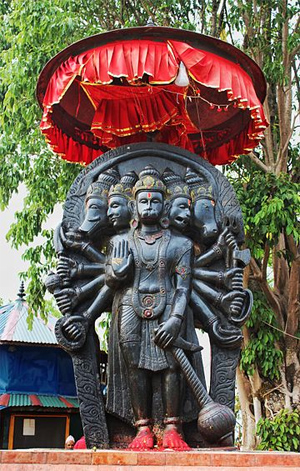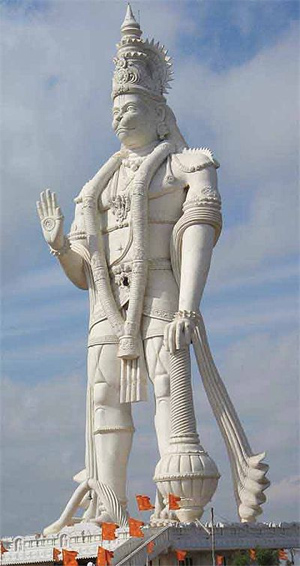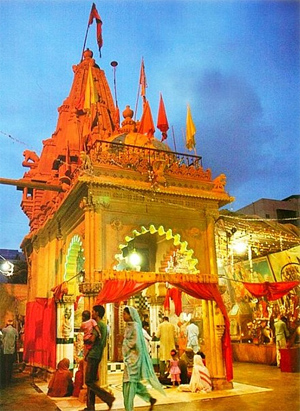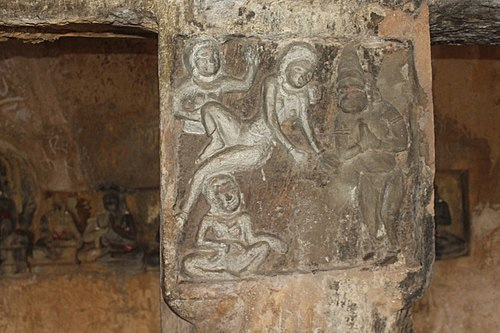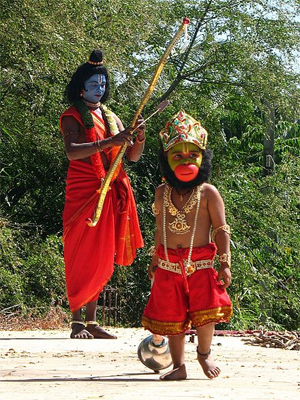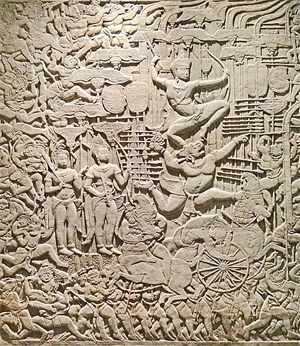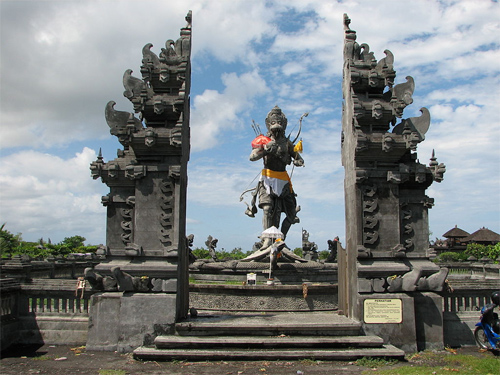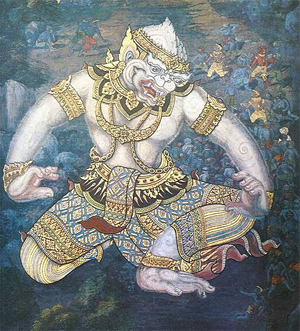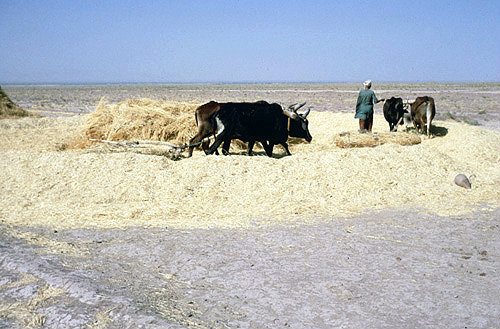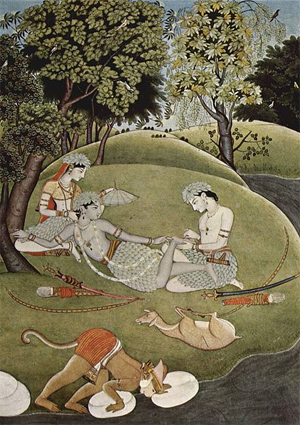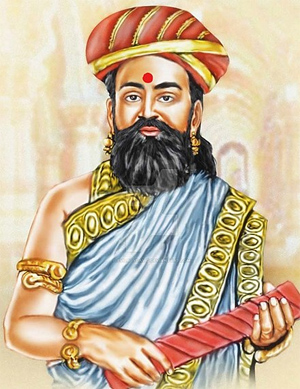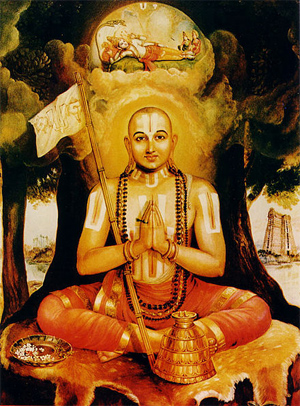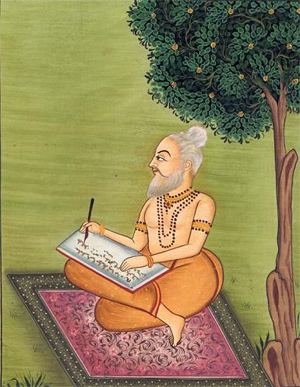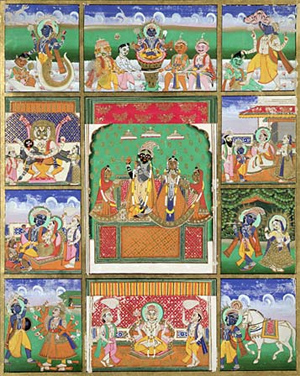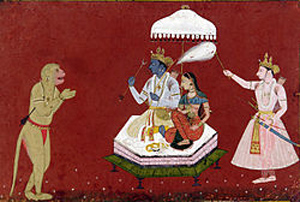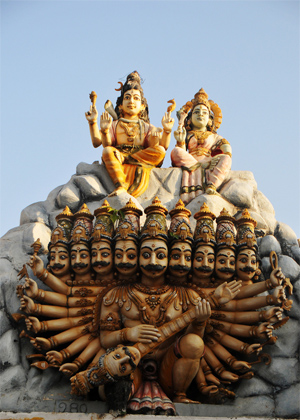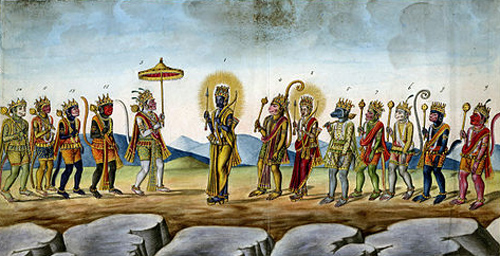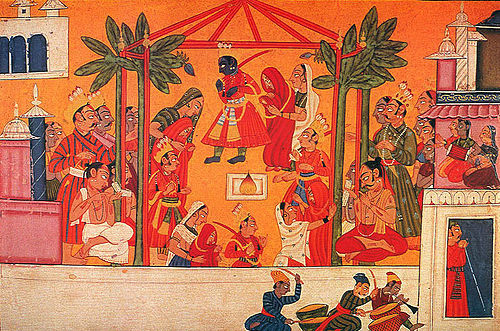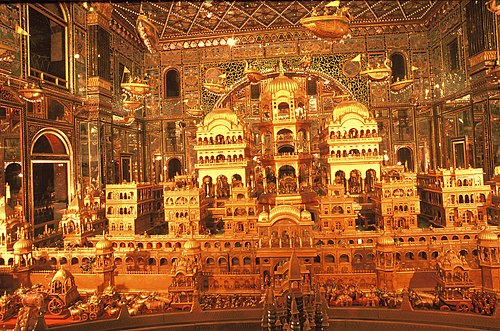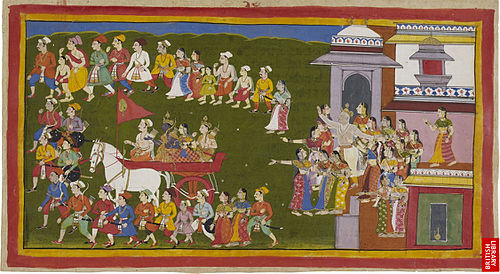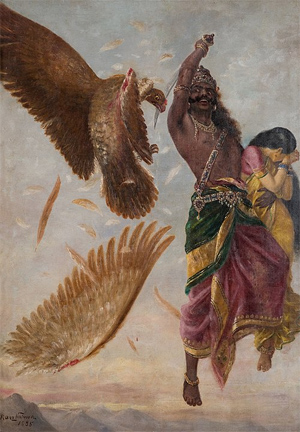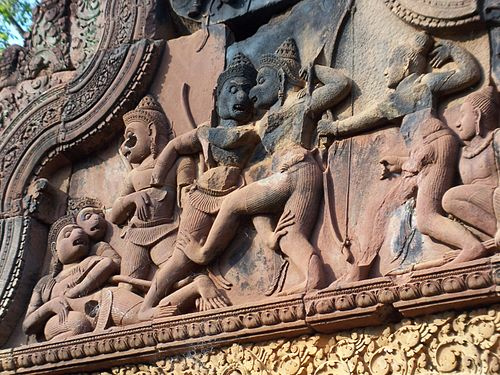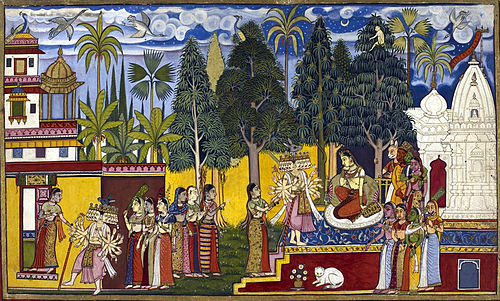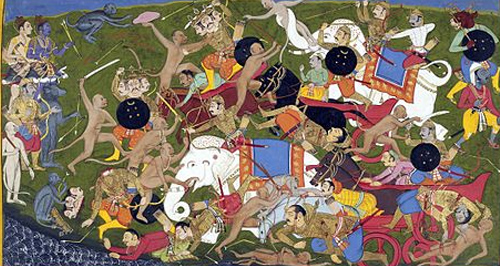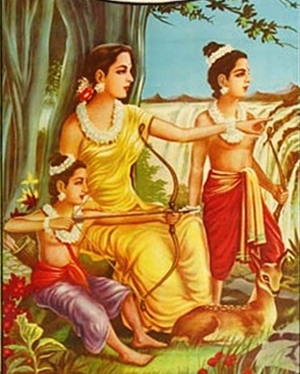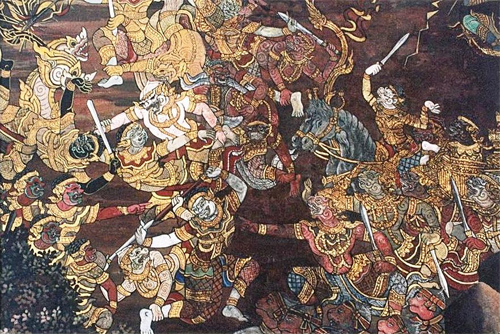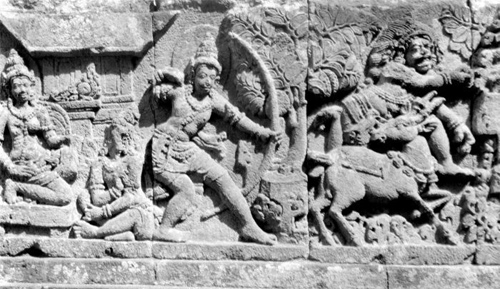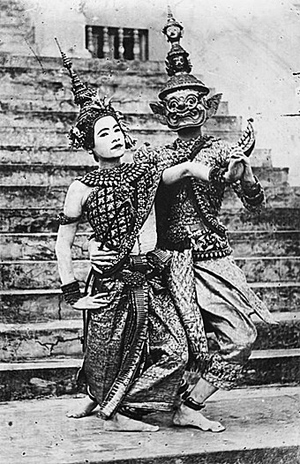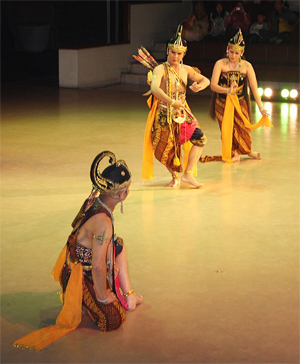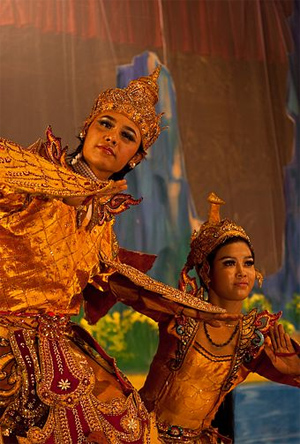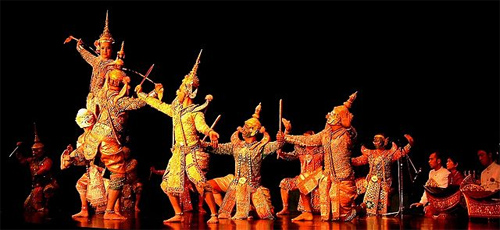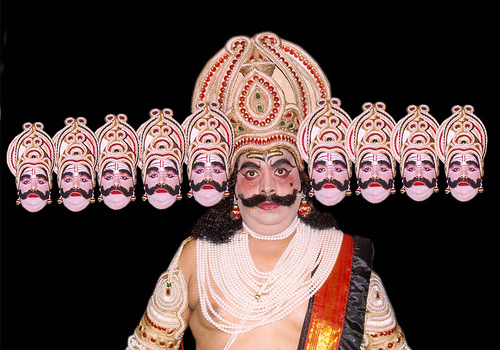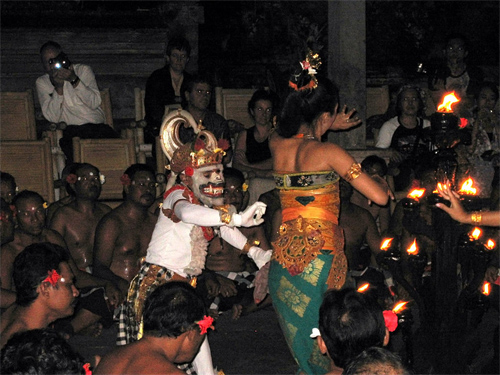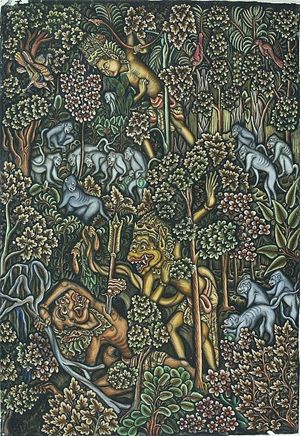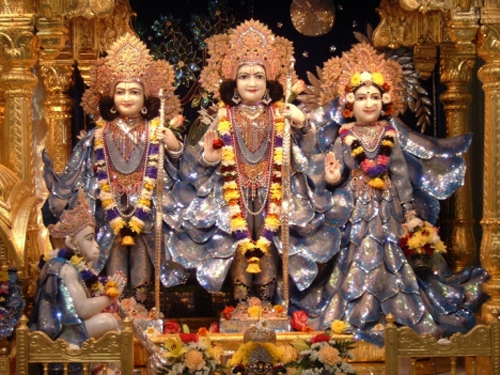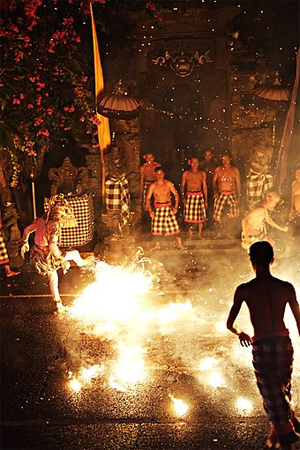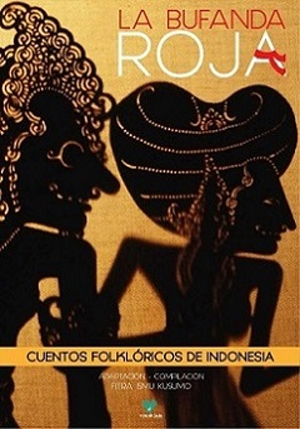by Wikipedia
Accessed: 5/12/21
Sir John Arnold Wallinger KPM (25 October 1869 – 7 January 1931) was a British Indian intelligence officer who led the prototype Indian Political Intelligence Office from 1909 to 1916. He was also the literary prototype of the spymaster of a number of Somerset Maugham's short stories. Wallinger is credited with leading the Indian intelligence missions outside India, notably against the Indian Anarchist movement in England, and later against the Berlin Committee and the Hindu–German Conspiracy during World War I. Among his more famous agents was Somerset Maugham, whom he recruited in London and sent as a secret agent to Switzerland.[1][2]
Notes:
1. Popplewell 1995, p. 230: "Wallinger tried to re-establish his network [in Switzerland], recruiting among others, the writer Somerset Maugham."
2. Morgan, Ted (1980). Somerset Maugham. London: Jonathan Cape. p. 199. ISBN 0-224-01813-2.
References
• Oxford Dictionary of National Biography
Wallinger, Sir John Arnold (1869–1931), intelligence officer and literary prototype, was born on 25 October 1869 at Poona, India, the son of William H. Arnold Wallinger, deputy conservator of forests in the Indian forest service, and his wife, Anne Jane. He had two brothers and two sisters....
• International Institute for Asian Studies: Indian Political Intelligence Files Released for Research
• Popplewell, Richard J (1995), Intelligence and Imperial Defence: British Intelligence and the Defence of the Indian Empire 1904-1924, Routledge, ISBN 0-7146-4580-X.
Chapter 9: British Intelligence and the Indian Revolutionary Movement in Europe, 1914-19
Excerpt from Intelligence and Imperial Defence: British Intelligence and the Defence of the Indian Empire 1904-1924
by Richard J. Popplewell
© 1995
Chapter 9: British Intelligence and the Indian Revolutionary Movement in Europe, 1914-19
With the outbreak of the First World War the Indian intelligence network set up by Superintendent Wallinger as described earlier might have been expected to play an important role within the general structure of British intelligence in Europe. In scale it was not much smaller than the European intelligence operations of the Secret Service Bureau, let alone those of the War Office.1 Moreover, John Wallinger already controlled agents operating in Switzerland, which was to become an important centre of German intrigue, and was an obvious point of entry for Allied agents into Germany. There were few, if any, secret service officers in 1914 whose experience of the Continent could match that of Wallinger, or who, like he, had cultivated friendly relations with the Paris political police, the Surete.
Soon after the outbreak of war Wallinger proceeded to France, and at some time in 1914 he was made a temporary Major on the Imperial General Staff, as a member of which he performed both 'his own duties and those connected with the war'.2 He was at first largely concerned with preventing Indian nationalists residing in France from contacting the large number of Indian troops who began to arrive in the country from September 1914 onwards.
Wallinger's activities on the Continent, however, were soon no longer confined to Indian agitators. John Wallinger had a younger brother named Ernest who, after being severely wounded in France in September 1914, was appointed to a senior position on the Intelligence Section of the General Staff at British General Headquarters in France. In March 1915 Ernest Wallinger suggested that John Wallinger should run one of two intelligence systems in Switzerland, which the Army Intelligence Section were setting up.3 By December 1915 John Wallinger had set up his headquarters in Paris.4
Though John Wallinger was officially a part of the network of British Military Intelligence he remained primarily an officer of the Indian Department of Criminal Intelligence. According to the Indian Civil List his services had been 'placed at the disposal of the War Office'.5 In 1916 the head of the Special Branch still referred to him as 'the Indian secret service officer'.6 At the end of 1915 Sir Charles Cleveland wrote that'W' works in Europe partly under the India Office and partly under myself, and the cost of his Agency, including his pay and travelling allowance, is defrayed by the India Office.7
Surprisingly, Cleveland did not mention the control which the War Office exercised over Wallinger. Without doubt his duties were confined to purely Indian intelligence only in the very early stages of the war. But even if J.A. Wallinger's field of action had been so limited it would still have been placed under the general authority of Military Intelligence, because this decreased the problems of overlapping jurisdictions. Army intelligence already ran one network in Switzerland which operated alongside another set up by Mansfield Cumming's Secret Service.8
The DCI were pleased with John Wallinger's work at the end of the first six months of the war. On 20 January 1915 Sir Charles Cleveland informed the Home Department that his work had 'continued to be most satisfactory and valuable'.9 Had it not been for the war, Wallinger would have returned to his post on the CID of the Bombay Presidency, but in August 1915 Cleveland decided that a change of personnel in the DCI's European agency was undesirable.10 By this time Wallinger had requested the DCI to send him help. Cleveland decided that because the 'scope of Wallinger's work' had 'been so greatly widened by the war' he should have 'a second officer of the Indian Police Department to work with him'. This officer did not arrive in Europe until October 1915.11
Though the DCI were able to spare only one officer for work in Europe, they wanted this to the best man they had . David Petrie had had to return to Britain to get rid of fever which he had contracted after his wounding in the Budge Budge affray. However, Petrie turned down the post. Instead the DCI selected P.C. Vickery, an Assistant Superintendent, on the recommendation of both the Inspector-General of Police and the Lieutenant-Governor of the Punjab. Vickery was at that time working in the non-political crime section of the DCI and before that had spent three years as Personal Assistant to the Deputy-Inspector General of the Punjab CID. He was suited for the post because he had 'a fair knowledge' of French and spoke German well. Vickery's relatively high rank is obscured in documents relating to his work in Europe which he signed using the temporary rank of Lieutenant which he held within British Military Intelligence.12
If by the beginning of 1915 John Wallinger had ceased to he concerned only with Indian 'sedition' in Europe, so too Indian 'sedition' in Europe became no longer the sole preserve of John Wallinger. Indian revolutionary activity around the world had become so widespread that the resources of the Indian police proved inadequate to control it. At some time between December 1914 and January 1915 an interdepartmental committee was formed in London on which all the departments of the British government concerned with the Indian revolutionary problem sat. The Foreign Office was represented by Rowland Sperling, the head of its American Department, because North America was by this time the main centre of the Indian revolutionary movement abroad. The India Office was represented by Malcolm (after 1919 Sir Malcolm) Seton, the head of the Judicial and Public Department, who for the previous five years had worked closely with Wallinger. The Political and Secret Department of the India Office also participated on the committee.13 Throughout the war John Wallinger himself was also an important member, representing the India Office. At the beginning of 1916 the representatives of MI5 were Vernon Kell , its head, and two ex-Indian officers, Nathan and Stephenson. MI1(a) , which carried out 'the distribution and registration of intelligence' and which served as a liaison office for the various intelligence departments, naturally played an important role on the committee. MI1(a)'s chief, Colonel C.N. French, seems to have had a particularly influential voice in its deliberations. The Admiralty was represented by Rayment, an officer of its Intelligence Division. It had a particular interest in the Indian problem because its vessels, in the last resort, kept Indian and German gun-runners away from the coasts of India. The Colonial Office, like the Admiralty, was particularly interested in Indian activities in the Pacific. There is no evidence that the Secret Service participated on the committee. This is surprising, since from the end of 1915 Cumming came to have general control over the operations of British intelligence in North America as well as running a network in Switzerland. Possibly Cumming's interests were represented by the Foreign Office.14
Of the departments other than the India Office which were represented on the Committee, Britain's domestic counter-intelligence agency, MI5, was the most directly concerned with the control of the Indian revolutionary movement in Europe. MIS was known as Section MO5g of the War Office in August 1914, acquiring its modern designation in January 1916. Upon the outbreak of war, the department's head, Vernon Kell, had a total staff of only 19. In November 1918, when the war ended, MI5 was 844-strong." From early in the war the department had Indian experts on its staff. Gradually it came to see itself as responsible for counter-espionage at an Imperial level and this was recognized in September 1916 when a special section -- MI5(d) was formed to co-ordinate counter-espionage measures throughout the British Empire. Another section, MI5(b), was formed in January 1917 'to deal with questions affecting natives of India and other Oriental races'. The official title of the department dealing with the Indian problem in Europe during its most serious phase from 1915 to mid-1916 was MO5(g)A, and it had the general duty of investigating 'espionage and cases of suspected persons'. In 1916 it became known more simply as MI5(g).16
MI5 was reinforced over the course of the war by an influx of officers from India. In February 1917, out of 27 officers working on the staff of MI5(g) alone, eight had served in India. It is not known how long they had worked for MIS. This concentration of Indian intelligence officers is remarkable, particularly at a time when there was a chronic shortage of officers to perform intelligence duties in India and the Far East upon which the security of the Indian empire depended. Within the general scheme of British intelligence in the First World War, overriding priority in the allocation of men and money was given to the main European theatre of the war. A will be seen in Chapter 11, the protection of the Empire in the East was conducted with very scanty resources.
In the early years of the war Robert Nathan was the most important of the Indian officers who served under Kell. He was the former Chief Commissioner of the Dacca District who had helped track down the Dacca Anusilan Samiti in 1907.17 In 1915 he had retired from the Indian Civil Service after 26 years' service. In India he enjoyed a reputation for efficiency and had just been appointed Vice Chancellor of Calcutta University when, at the end of January 1914 he was forced to return home through ill-health.18 By October 1914 at the latest he was the leading Indian officer working in MI5.
The Special Branch acted as the covert executive arm of MI5 but became involved in MI5 cases only wen surveillance was necessary. Relations between MI5 and the Special Branch were often fraught. MI5 resented the way in which Basil Thomson, the head of the Special Branch, publicly took the credit for actions for which they were responsible yet, being officially non-existent, could not avow.19 Robert Nathan was the only officer of MI5 whose assistance Thomson recognized in his memoirs, The Scene Changes.20 He acknowledged Nathan's close involvement in all his dealings with Indians who came to him for interrogation. However helpful Thomson may have been in interrogating and in changing the loyalties of Germany's Indian agents, the real work of counter-espionage was conducted by Nathan and MO5(g)/MI5(g) in concert with John Wallinger who, at this time, operated mainly abroad. Basil Thomson had had no experience of India and Indians in his career before he became head of the Special Branch in 1913. Significantly, he did not sit on the interdepartmental committee.
In the first year of the war the main concern of Indian intelligence in Europe was not with the Indian revolutionary movement, which was thought to have gone into hibernation for the duration of the conflict, but with the Indian soldiers who came to France to fight for the Empire. The first Indian division left India on 8 August 1914 and arrived at Marseilles seven weeks later. Altogether 138,000 Indian troops served on the Western Front in the course of the war. By the end of 1915, after 14 months' service in Flanders, the bulk of the Indian contingent left to fight the Turks.21
'Sedition', in the sense of support for the revolutionary movement, gained no hold whatsoever on the minds of the Indian troops in France. Their morale had deteriorated by the end of 1915, by which time the British censor was worried that the men had started to write poetry, which he considered to be 'an ominous sign of mental disquietude.'22 But Indian morale was not significantly worse than that of English soldiers. Equally, the censor at Boulogne intercepted only a very small quantity of anti-British propaganda sent to the troops by Indian nationalists overseas. None the less fears of an outbreak of unrest among the Indian Army contingent preoccupied the British, despite the increased supervision of Indian revolutionaries by the French authorities. As late as January 1916 the Indian government feared that Indian agitators might get in touch with native troops at the front and at Marseilles, where they disembarked.
The assistance rendered by the French authorities was complete. In Autumn 1914 the Department of Criminal Intelligence supplied the French military authorities with a list of Indians who might attempt to go to the front to subvert the loyalty of the Indian troops.23 Many but by no means all the prominent Indian nationalists fled the Allied countries on the outbreak of war. Madame Cama an old Parsi lady who had figured prominently in the DCl's reports since 1907. Though Wallinger regarded her as 'brainless', the DCI seems to have had some admiration for her tenacity. After war broke out, she lost no time in attempting to persuade the Indian troops of the error of their ways in fighting for the Empire.24 On 27 October 1914 she was ordered to leave Marseilles." The Surete Generale warned her of unpleasant consequences if she did not stop her nationalist activities during the war.'" A worse fate overtook S.R. Rana, the other old leader of the Paris Indian group. The French expelled him, his German wife and his dying son to Martinique. The British feared the effect that such aged revolutionaries might have on the troops, and uncompromisingly opposed the Ranas' return to France, even when the French government itself pleaded with them to permit on humanitarian ground the return of Mrs Rana to France for a cancer operation.27
By October 1914 the Surete was watching Indian nationalist propaganda 'with the greatest care'.28 But this did not the British. In January 1916 they put forward far-reaching measures, which the French Ministry of the Interior and the Surete approved. These gave the British military authorities the power to deport not only Indian agitators who had penetrated into the camps, but also any British subjects whose presence the military authorities considered a danger to the army.29
These measures coincided with the introduction of a greater degree of Indian police control over the Indian troop. In August 1915 the War Office asked that a few officers of the 'Indian Criminal Investigation Department' be placed at the of the Base Commandant at Marseilles. The Government of India agreed to send a staff of three or four Indian police officers together with a British officer, whom they judged necessary for the supervision of the Indian staff. For the senior position they chose Superintendent R.H. Hirst of the Bihar and Orissa police. He left for France on 7 November 1915, with the task of determining the number and class of Indian police officers required.
Despite the growth of Indian police activity in Europe in 1915, the Department of Criminal Intelligence did not have the ready possibility of expanding its network abroad. The war did not remove past restraints which prevented the DCl's growth overseas as well as at home. Its expansion was blocked by its relationship with the Indian Local Governments, upon whom it was dependent for experienced personnel, and by the enduring aversion of the British government to the operation of an Indian imperial secret police, particularly in Europe and America, where a strong 'liberal conscience' continued to exist, despite the rigours of the war.
Wallinger had not prepared for a war with Germany, since he had not expected any increase in the activities of Indian revolutionaries in Europe. In June 1914 the Department of Criminal Intelligence reported on 'The future of Indian nationalist agitation in Europe'. They concluded that terrorism had lost ground while constitutional nationalism had gained in strength.30 In August 1914 Wallinger reported to the DCI that the war had practically put a stop to 'extremist' propaganda and had temporarily rendered Indian malcontents on the Continent innocuous.31 Wallinger realized that 'the sympathies of Indian nationalists, among whom almost all Indian students are to be classed, are with the Germans so far as the war in Europe is concerned . . .'32 Though the British were apprehensive of Indian nationalists contacting the troops, they were far less worried about Indian terrorism in Europe than they had been in 1910, when Savarkar roamed free. However, Germany now took up the cause of the Indian revolutionaries on an international scale.
Wallinger was aware that in September 1914 a prominent Indian revolutionary, Chempakaraman Pillai, approached the German Consul in Zurich and gave him an outline of the strength and plans of the Indian revolutionary movement.33 He also knew that Pillai had left Zurich not long afterwards for Berlin where he was to work under the German Foreign Office.34 However, before the war Wallinger's network had been devoted to the needs of the Indian government. He had not set up a network of agents inside Germany, where the Indian nationalist movement had barely existed before September 1914, when the Indians and the Germans established an Indian revolutionary committee, attached to the German General Staff in Berlin. British intelligence only learned that this had happened in May 1915.35
The four leading members of the committee upon its foundation were Chempakaraman Pillai, Virendranath Chattopadhyaya, Dr Prabhakar and Dr Abdul Hafiz. They were later joined by other prominent pre-war revolutionaries including Har Dayal and Tarak Nath Das. One important Punjabi nationalist, Ajit Singh, made his escape from right under the noses of John Wallinger and the Paris Surete. At the beginning of September 1914 he left Paris without even informing his landlady which, as the DCl pointed out, was 'considered a low trick by agents of the secret service in any country'.36
But there was nothing that Wallinger could have done to prevent the majority of the Indians who reached Berlin getting through since they came from two neutral states, the USA or Switzerland. Wallinger's sources of information about Indian activities in Switzerland were good. He was aware that Chattopadhyaya visited Switzerland in the middle of May 1915 and established agencies at Geneva and Zurich and also that he went to Lucerne where he met the Egyptian nationalist Farid Bey.37
The DCI had been concerned about the danger of a combined effort by the Indian and Egyptian nationalist groups since 1910. By July 1915 it had received information that the German Foreign Office had recruited a number of Egyptians who were helping the 'Indian National Party' to distribute anti-British propaganda. Among them was a medical student named Ali Eloui, whom the DCI already knew to be on particularly intimate terms with Virendranath Chattopadhyaya.38
There is no evidence that the Egyptian intelligence was running any network of agents in Europe at this time. The surveillance of Egyptian nationalists abroad fell largely to John Wallinger. But even in 1917 he seems not to have been working in close association with Egyptian intelligence. In January 1917 Wallinger requested that Egypt provide him with 'the names of suspicious Egyptians going to America from Egypt'. It is remarkable that he was not already in receipt of this information.39
The British received early information that the Germans and the Indians were plotting assassination from Switzerland. Dr Parodi, the Director of the Egyptian School at Geneva, had worked for the British since before the war.40 Leading Egyptian nationalists trusted him. In Autumn 1914 Dr Mansur Rifaat, the former editor of the leading Egyptian nationalist journal abroad, La Patrie Egyptienne, left Switzerland for America in a hurry. The Swiss police seized some of his papers which , however, they allowed Parodi to read, though they denied access to the British authorities. These papers revealed what the British at Berne saw at this time as 'a somewhat vague and wild scheme of action against British India including the assassination of officials and extensive propaganda'. The papers also gave the British an early indication that 'an intelligence bureau' had been formed at Berlin , namely Oppenheim's organization, which was discussed in Chapter 7.41
Parodi's information did not arouse any interest among the British. On the part of the Indian authorities this was understandable. Earlier fears that Egyptians and Indians might collaborate in an assassination plot had proved unfounded. In September 1911 Wallinger had received information from both Paris and London that an attempt was to be made on the life of Lord Kitchener, who was 'evidently extremely unpopular with the Egyptian nationalists and the Indian conspirators [were] at one with them in desiring his removal'." But this plot never materialized.
On 20 March 1915 Gobind Behari Lal, Har Dayal's right-hand man, arrived in Liverpool from New York. The British authorities were worried lest he try to contact Indian soldiers and he was closely watched. But they allowed him to return to America unmolested in April 1915. They did not realize their mistake until two months later, when the US secret service suggested that Behari Lal had intended to cause explosions at the docks.43 Nathan and Thom on only learned at the end of the year that Behari Lal had come to England in connection with a plot to murder Lord Kitchener. The DCI claimed that he failed in his mission because he was unable to find anyone willing to commit the murder.44
It was not until Autumn 1915 that the British had an idea of the full scale of the European plot which the Germans and Indians had evolved. After the obliteration of their spy network in the first days of the war by MO5, the Indians provided the Germans with potential agents in England. The Germans realized that an even more promising field for the use of Indian nationalists lay in Italy, where high-caste Indians were not always distinctive because of their skin-colour.
Though Behari Lal's mission failed, the Germans had managed to establish a small revolutionary cell in England. Soon after the Indian National Party in Berlin was constituted, Virendranath Chattopadhyaya attempted to get in touch with some of the remaining members of the old 'India House'. The existence of the English branch of the European conspiracy was revealed by the British censor.45 The first arrest was only made on 15 June 1915. Examination of Chattopadhyaya's correspondence led British counter-intelligence to a Swiss girl named Meta Brunner, who acted as the messenger between Switzerland and the English group. The small band of conspirators whom Brunner revealed included an Indian named Vishna Dube and his common-law German wife, Anna Brandt. Hilda Howsin, the daughter of a Yorkshire doctor, was known to have knowledge of their plans.46 They were arrested and interned until the end of the war.47 That they were not executed proves that they had supplied no information of any worth to the Germans.
The main strength of the German-Indian plot did not lie in the imprisoned English group. The existence of a large-scale assassination conspiracy was only confirmed late in August 1915, when, once again, the censor seized certain incriminating documents. Thomson wrote:The plan was to bring about the assassination of the leading men in the Entente countries. These included the King of Italy, the British Foreign Secretary, Lord Grey, and the War Minister, Lord Kitchener, the French President, Poincare, and Prime Minister, Viviani, as well as the Italian Prime Minister, Salandra. The bombs had been manufactured in Italy and were tested by the German military authorities at a military testing ground near Berlin.
It was not clear whether the plot was devised by the Germans or by the Indians themselves.48
In their Weekly Report for 29 June 1915 the Department of Criminal Intelligence reported that they had received information 'from a trustworthy source' that German agents in Switzerland, including Dr Abdul Hafiz, one of the leaders of the 'Indian National Party', were plotting to assassinate Italian government ministers.49 By August the DCI was in possession of full details of the plot. On 22 July Hafiz had come to Zurich and arranged for ten time-bombs to be sent to the German Consul there. Ali Eloui and an Italian anarchist named Bertoni were to take charge of the bombs. The Germans expected Bertoni and other Italian anarchists in their pay to be useful in smuggling the bombs over the Italian border. However, the plot 'miscarried as it was not kept sufficiently secret'. Hafiz was thrown out of Switzerland by the local police.50
Despite these alarming reports it was only on 29 November 1915 that Robert Nathan sent a request through the Foreign Office to the Italian government for all Indians to be stopped from crossing from Italy to Switzerland and, if possible, deported to England. If the German assassination plot was handled ineptly by the conspirators, Italian security measures appear to have been hardly more competent. Nathan noted that 'it would seem to be greatly to the interest of the Italian government to stop any such [Indian) traffic, since, as they know, one of the plots in which the Indian party in Berlin and Switzerland is concerned has been directed against high personages in Italy'. Nathan himself was by this time very impressed with the destructive capabilities of the Indo-German plotters. In a letter dated 4 December 1915 he informed Rowland Sperling of the Foreign Office that recent attempts to blow up the Turin arsenal and the railway tunnel of the Turin-Paris line were probably connected with their activity.51
On 1 December 1915 Sir Rennell Rodd, the British Ambassador at Rome, reported that 'an informer paid by India' had produced evidence which resulted in the arrest in Italy of 'three British subjects'.52 This is the first reference to direct British secret service activity in Italy in connection with the Indian plot. A senior Indian officer was only stationed in Italy in January 1916. On 31 January 1916 Nathan wrote that Major Gabriel , an officer of the Indian Civil Service who was home on leave, had been appointed to the British Military Mission in Rome.53 Gabriel advised the Italian government on the security measures which it finally undertook at this time against Indian suspects.54
At the same time that the plot in Italy was developing, in March 1915, the German and Indian plotters sent out a mission to the Suez Canal with the task of distributing seditious leaflets among Indian soldiers there. The mission included Tarak Nath Das and Tirumal Acharya. The British knew, after the event, that Das reached Constantinople at the end of 1915, and that by March 1916 he was back in Zurich.55 Yet the plan to subvert the loyalty of Indian troops in Egypt never materialized. At the beginning of September 1915 the Intelligence Department of the Egyptian War Office found copies of 'various Indian proclamations' in the Canal, which they assumed had been left by 'enemy individuals coming across the Sinai Peninsula'. No more than this was discovered about the German-Indian plot in Egypt. There was little more to learn, since the Indians called off their propaganda campaign almost as soon as it started. They had soon lost spirit when they realized that the call for the establishment of an Islamic state in India contained in their pamphlets was likely to have little appeal to the largely Hindu garrison of Egypt.56
Basil Thomson admitted that the British only came into possession of 'very definite evidence ... of the extent of the German- Indian conspiracy' in October 1915.57 In that month the London Special Branch arrested an Indian named Harish Chandra who had recently returned from America. Thomson recorded that on 23 October 1915 his 'long investigations' with Nathan into the Indian assassination plot culminated with Harish Chandra's confession , which took four hours to record in shorthand.58 Harish Chandra gave full details of the formation of the 'Indian National Party' in Berlin. The Indians' initial plans had been to subvert the loyalty of Indian POWs and to conduct a propaganda campaign from Berlin. The Germans looked down on them until the arrival of Mahendra Pratap together with his secretary, Harish Chandra. The details of Mahendra Pratap's mission have been given in Chapter 7. Were it not for Harish Chandra's confession the British might not even have known its existence. Though a failure, it was potentially the most dangerous of the German-Indian plots based in Europe. Harish Chandra gave further reliable information that at least two other missions had been sent off -- one to Japan and one to Singapore and also gave some information about the activities of the Ghadr Party in California.59
Despite his impeccable revolutionary credentials -- his father was the founder of a school devoted to educate the youth of India on purely Hindu lines -- Thomson and Nathan persuaded Harish Chandra to work for them as a secret agent.60 In December 1915 he arrived in Switzerland posing as the secretary to a (genuine) Prince who had recently been in England. The revolutionaries freely gave him details of German-Indian plots which Nathan and Thomson found that other sources confirmed.
In January 1916 Harish Chandra's mission in Switzerland was complete and he was examined by Major Wallinger. Chandra provided numerous addresses of Indians sympathetic to, or aiding Germany; the British were already familiar with some of them.61 Chandra provided a list of members of the Indian revolutionary committee at Berlin and gave details of the German secret service in French Switzerland. The importance of the link between Switzerland and unrest in the British Empire in the minds of the Germans was obvious. According to Harish Chandra, two of the most important German agents there were primarily concerned with Eastern affairs. The man 'in charge of the espionage arrangements in French Switzerland', Jacoby, had been in Persia for some years and had been ordered to watch Orientals visiting Switzerland, particularly Persians and Egyptians. Harish Chandra claimed that the Germans were 'anxious to find some person of rank who will proclaim a revolution in India'. In dealing with Egyptians Jacoby employed an Irishman married to a German who had served in the British Army in Egypt.62 On leaving Switzerland Harish Chandra received from the German Consul at Geneva a typewritten plan for a military rising in India led by German officers.63
In May 1916 Harish Chandra carried out a second mission in Switzerland. By this date not only had the German-Indian plans for assassination in Europe and for a rising in Afghanistan failed, but also ambitious schemes to cause mutiny in Burma and to supply arms to the revolutionaries of Bengal had fallen through completely. But Harish Chandra provided evidence that the Indian Committee in Berlin still had some support from the German government. The Indian revolutionaries in Switzerland gave him two glass tubes which he was to carry into India. The first tube contained a letter from the Kaiser to the Indian Princes; and the second contained a summary of the Berlin Indian Committee's aims. This document showed that the Germans were now concentrating on a vain project of inciting the Indian Buddhists. By the end of 1916 at the latest the London interdepartmental committee which dealt with German-Indian plots had concluded that it would be rash to disregard these schemes altogether, and that the best policy was to encourage the Germans to waste as much money as possible upon them for , given a minimum degree of vigilance, they now had no chance whatsoever of success.64
Harish Chandra was not the only Indian agent whom the British successfully used in Switzerland in 1916. In correspondence relating to the assassination plot of 1915 seized by the British censor there were many references to an Indian named Thakur Jessrajsinghji Sessodia. He had already come to the notice of the DCI in 1911 when he started a short-lived nationalist paper, The Rajput Herald in London. He had never been influential with Indian nationalists, who, none the less had propitiated him because he was related to Rajput noble families.65 When, at the beginning of October 1915, Nathan and Thomson interrogated Sessodia about the assassination plot, they found him to be 'a good-humoured-looking person with easy manners'. But on searching his room the police found 'letters addressed to notorious rebels and fomenters of assassination'. Sessodia admitted that his sympathies lay with the Indian nationalists; but that he was only 'coquetting' with the revolutionaries. He truthfully pointed out to Thomson that he had already given some details of the Indian plot to the India Office; Thomson encouraged him to become a British agent and released him.66 According to Thomson he soon 'succumbed' and was put 'on our regular pay list'.67
On 3 August 1916 Sessodia was sent to Switzerland, styling himself, to his great satisfaction, 'His Highness Prince Jessrajsinghji Sessodia of Jodhpur, Marwar' in order to attract the Germans.68 He returned from Switzerland at the end of October 1916 with information which confirmed the impression created by Harish Chandra's second mission that the German-Indian plots were no longer dangerous. The Germans instructed Sessodia to arrange by now fantastic plans for a native rising involving the landing of German armies on the west coast of India.69
Despite the success of his mission Sessodia's career in British intelligence was short. On 16 November 1916 Thomson entered in his diary that he had finished with him because he had shown himself to be 'leaky' by asking the Indian Member of the Viceroy's Executive Council for letters of introduction to Indian Rajahs in order to carry out the tasks which the Germans had set him.70
Not all the operations of Indian intelligence in Switzerland were successful. At the end of 1915 Thomson and Nathan encouraged a plan the boldness of which was matched only by that of the Indian conspirators themselves. Donald Gullick was a 24-year-old marine engineer suffering from a serious illness which led him to believe that he had only a few months to live. He had met Anna Brandt, the German mistress of the Indian nationalist Dube, in a sanatorium and had fallen in love with her. He proposed to Thomson 'a daring scheme for the capture of Chattopadhyaya by luring him into France, on the understanding that, if he was captured, Anna would be set at liberty'. Gullick impressed Thomson, as being 'resolute and powerful'. He was therefore allowed to proceed with his plan.71 Gullick succeeded in getting Chattopadbyaya to come to Berne. Anna Brandt had mentioned Gullick in her correspondence with Chattopadhyaya who, according to Gullick, trusted him. Thomson claimed that 'Chattopadhya was quite ready to cross the French frontier, but just as they came to details, Swiss detectives ran up and arrested them both on a charge of espionage.'72
Despite their early failure to keep pace with Indian plots in Europe, Nathan and J.A. Wallinger succeeded remarkably well in their surveillance of Indian revolutionaries in Europe during the critical period between late 1915 and early 1916. However, by the middle of 1915 John Wallinger's work for Military Intelligence was in disarray after the arrest of most of his European agents by the Swiss police. The Secret Service had fared little better in Switzerland. Wallinger tried to re-establish his network, recruiting among others, the writer Somerset Maugham. However, at the end of May 1916 his Swiss operations were again, according to Kirke, the head of the Intelligence Section at GHQ, close to collapse. Kirke concluded that 'JAW's show so far as we are concerned is a waste of money...' John Wallinger later tried to develop contacts with Germany through Denmark and Holland, which Kirke dismissed in turn as respectively a total failure and 'poaching' on his younger brother Ernest's territory. On 28 July 1916 Kirke recorded in his diary the 'parting of the ways with Wallinger.'73
Yet there is no evidence that Wallinger ever lost the respect of the Indian DCI and Home Department. There is little doubt that he operated primarily as an Indian officer. He continued to be seen as the mouthpiece of the DCI on the interdepartmental committee throughout the war. The main successes of Indian intelligence in Europe during the First World War -- the capture of Harish Chandra and of Sessodia -- owed something to chance, but far more to the knowledge of the Indian revolutionary movement and of its activities in Switzerland, which Indian intelligence had acquired since John Wallinger first arrived in Europe at the beginning of 1910.
It remains unclear whether J.A. Wallinger's failed agent networks in Switzerland, which he ran for Kirke, constituted the main part of his work. It is probable that they did not, and that John Wallinger was largely responsible for Indian operations in Switzerland. This would account for the presence of three British networks in Switzerland.74 There is no evidence that any Asian agent in british employ was ever captured by the Swiss or by the enemy. Dr. Parodi was still working for the British at the end of the war, while in 1917 Harish Chandra was sent on a successful mission to the United States, where he was put in charge of an enquiry into the revolutionary party's finances. In January 1917 Wallinger claimed that the British had also had recent success in sending agents into Germany from America.75
Wallinger did not cease to perform the duties of military intelligence after his 'parting of ways' with Kirke in Juyly 1916. His operations seem to have been placed under the control of Mansfield Cumming and the Secret Service on 1 August 1916. He was still working in Cumming's office at the end of 1917, training an officer to go into Switzerland.76
In 1917 and 1918 Austen Chamberlain, the Secretary of State for India, sent John Wallinger letters of thanks and appreciation. His operations in Switzerland continued to be important, since the activities of Egyptian nationalists there grew in importance in 1919, when serious civil unrest broke out in Egypt and when Switzerland became the scene of the negotiations which ended the Ottoman Empire. In 1919 Wallinger was placed on special duty in connection with the Egyptian political situation in addition to his own duties. Even then he did not have direct contact with all the agencies dedicated to the control of Egyptian unrest.77 By 1919 Wallinger had so much experience of Eastern nationalism in Europe that the Government of India no longer thought of replacing him. He remained the head of Indian intelligence in Europe until he retired in 1926.78
_______________
Notes:
1. See, generally, C.M. Andrew, Secret Service (London: Heinemann, 1985), Ch 2.
2. Curriculum vitae of Sir John Wallinger kindly given to me by his great-nephew, Mr J.D.A. Wallinger.
3. See Andrew, op. cit., pp. 146-7. The Wallingers' sister's diary shows that 25 meetings took place between them in the first eight months of 1915. This information was kindly supplied by Mr J.D.A. Wallinger.
4. In December 1915 John Wallinger's address was 'Intelligence anglaise, 31 Boulevard des Invalides, Paris'. In 1916 it was c/o Cassia, 282 Boulevard St Germain.
5. Note signed 'A.L.', dated 25 May 1916, in Correspondence on the subject of Hector R. Kothavala, Deputy Superintendent, Bombay Presidency, to the Straits Settlements Government. HDB: Nov. 1916, nos. 389-406, in IOLR IOR.POS.10511.
6. Basil Thomson, The Scene Changes, (London: Doubleday, Doran & Co., 1939), p. 260.
7. Letter from C.R. Cleveland to Home Department, dated 29 October 1915, in Sedition in the Far East. Proposed deputation of Mr Petrie, Superintendent of Police, Punjab and Criminal Investigation Department, as Indian Intelligence Officer in the Far East. HDA: Feb. 1916, nos. 496-514, in IOLR IOR.POS.7296.
8. Likewise, when an Indian intelligence system was re-established in North America in 1916 it officially formed part of Mansfield Cumming's operations, although all concerned recognized that its operations were directed by the India Office.
9. Demi-official letter from M.C. Seton to Sir Charles Cleveland, dated 6 November 1914, in Extension of the deputation of Mr. Wallinger in Europe for one year from 1st April 1915, and decision that he shall be paid a fixed salary during that period instead of pay according to the next below rule. HDA: March 1915, nos. 14-16, IOLR IOR.POS.7151.
10. On the termination of his mission to London, the Government of India had hoped to send Wallinger 'abroad to examine the position and to draw up considered proposals for the future'. Note by C.R. Cleveland, dated 2 June 1915. HDA: Nov. 1915, nos. 88-92, in IOLR IOR.POS.7295.
11. Ibid. Telegram from Secretary of State to Viceroy, 19 Aug. 1915.
12. Ibid. Note by C.R. Cleveland dated 11 Oct. 1915.
13. The Judicial and Public: Department was the India Office's department which corresponded to the Home Department of the Government of India. It was, therefore, concerned with the Indian police and with the domestic and foreign intelligence operations of the DCI. The designation of the Political and Secret Department has misled historians into believing that it was India's secret service. In fact it dealt with the Government of India's foreign affairs and corresponded to the Foreign and Political Department of the Government of India. It was largely concerned with the Indian Princes and with the Persian Gulf, since India's relations with most parts of the world were handled by the Foreign and Colonial Offices.
14. Note by Secretary, Judicial and Public Department, on Interdepartmental Conference held at the India Office on 10 March 1916. Deputation of Mr. D. Petrie as Intelligece Officer for the Far East in connection with Indian sedition. HDA: June 1916, nos. 285-95, IOLR IOR.POS.7297. Much of the information at the disposal of the interdepartmental committee has been preserved in Foreign Office Series 371, 'Hindu Agitations'. Reports from the Secret Service in this compilation are notably absent.
15. Andrew, op. cit., p. 174.
16. PRO WO9944 A-3.
17. See Ch. 4.
18. Letter from Harcourt Butler to Hardinge, dated 30 January 1914 in CUL Hardinge Papers, India: Original Correspondence, VII i, Vol. 60.
19. Andrew, op. cit., p. 193. However, the events related by Thomson in The Scene Changes and Queer People (London: Hodder & Stoughton, 1922) are all confirmed by Foreign Office and Indian sources.
20. By 1939, when Thomson printed his war diary in The Scene Changes, Nathan had been dead for over ten years. This may have encouraged Thomson to refer to a man who had served not only in M15, but also as head of the political branch of the Secret Service.
21. The cavalry divisions remained. serving on the Western Front throughout the war. Boris Mollo, The Indian Army, (Poole: Blandford Press, 1981), Ch. 5, 'Kitchener's Army, 1903- 1922'.
22. Rozina Visram, Ayahs, Lascars and Princes (London: Pluto Press, 1986), quoting E.B. Howell's report dated 23 January 1915, L/Mil/5/825, part I, ff. 1-185, extracts from censored mails.
23. Weekly Report of the Director of Criminal Intelligence (henceforth 'Weekly Report.' ), 3 Nov. 1914. HDB: Dec. 1914, nos. 223-6, in IOLR IOR.POS.
24. Ibid. Weekly Report, 17 Nov. 1914.
25. Weekly Report, 1 Dec. 1914. HDB: Dec. 1914, nos. 227- 9, IORL IOR.POS.9837.
26. Ibid. Weekly Report, 8 Dec. 1914.
27. Letter from Bertie to Grey, 31 July 1915, in PRO F0371 2494 (104416). Minute Paper on letter from India Office, 5Aug. 1915, in PRO FO371 2494 (107584).
28. Letter from Bertie to Foreign Office, 28 Oct. 1914. in FO115 1907, no. 2.
29. Suspects were to be handed over to the local French civil authorities, who, in turn, were to hand over the suspect to the British military authorities for deportation. Letter from Cambon to Bertie, 28 Jan. 1916, in PRO FO371 2784 (20898).
30. Weekly Report, 15 Sept. 1914. HDB: Dec. 1914, nos. 216-17 in IOLR IOR.POS.9837.
31. Weekly Report, 29 Sept. 1914. HDA: Dec. 1914 in IOLR IOR.POS.9837.
32. Weekly Report, 20 Oct. 1914. HDB: Dec. 1914, nos. 218- 22. IOLR IOR.POS.9837.
33. This meeting with the German Consul was reported in the Weekly Report, 20 Oct. 1914. HDB: Dec. 1914, nos. 218-22 in IOLR IOR.POS.9837.
34. James Campbell Ker, Political Trouble In India, 1907- 1917 (Reprint, Calcutta: Editions Indian, 1973), p.241.
35. Ibid., pp. 265-6.
36. Ibid., p. 244. Weekly Report, June 1915. HDB: June 549-52,in IOLR IOR.POS.9840.
37. Ibid., Weekly Report, 22 June 1915.
38.Weekly Report, 27 July 1915. HDB: July1915, nos. 516-17 in IOLR IOR.POS.9840.
39. Letter from Seton to Sperling, 24 January 1917. PRO FO371/3064 (19618).
40. Parodi reported to the Consul at Geneva, who in turn reported to Berne. The British Embassy then sent on Parodi's reports to the Foreign Office. It is not clear whether Parodi had been recruited by John Wallinger or whether he had been sent out from Cairo by the Arab Bureau.
41. Letter from Evelyn Grant Duff, Berne, to Foreign Office, 28 Nov. 1914, in PRO FO115/1908, no. 3.
42. Weekly Report, 26 Sept. 1911. HDB: Oct. 1911, nos. 46-9 in IOLR IOR.POS.8972.
43. Telegram from Spring Rice to Foreign Office, dated 29 July 1915, in PRO FO371 2494 (103905).
44. Weekly Report, 21 Dec. 1915. HDB: Dec. 1915, nos. 709-11 in IOLR IOR.POS.9841.
45; Weekly Report, 2 Nov. 1915.
46. Thomson, Queer People, (op. cit.), pp. 98-9. The Scene Changes, op. cit., pp. 250-2.
47. Queer People, op. cit., p. 99.
48. Ibid., p.98-9.
49. Weekly Report, 29 June 1915. HDB: July 1915, no. 520 in IOLR IOR.POS. 9840.
50. Ker, op. cit., p. 247. Weekly Report, 17 Aug. 1915. HDB: Aug. 1915, nos. 552-6 in IOLR IOR.POS.9840.
51. Letters from Nathan, MO5g/2, to Sperling, 29 Nov. and 4 Dec. 1915, in PRO FO371/ 2497 (181824).
52. Telegram from Sir Rennell Rodd, Rome, to Foreign Office, 1 Dec; 1915, in FO371/ 2497 (182672).
53. Letter from Nathan to Lyons, 31 Jan. 1916, in PRO FO371 2784 (17918).
54. He was still working in Rome at the end of the year. Letter from Rodd, Rome, to Foreign Office, in PRO FO371 2789 (191539). The Italian government only gave instructions for the careful examination of all Indians landing in Italy in January 1916. They excused their lack of action by referring to the state of Italian law, which did not allow police measures to be taken against whole categories of people, only against individuals. For this reason no round-up of Austrian and German citizens took place in Italy at the start of the war. 'Indians landing in Italy. Intimation, that the Foreign Office have asked the Ambassador at Rome to deport to England all Indians landing in Italy, or failing that to intimate their names, keep them under observation, and prevent them crossing to Switzerland'. HD(A): Feb. 1916 ,nos.430-8 in IOLR IOR.POS.9841
55. Ker, op. cit., p. 247. Weekly Report, 21 Dec. 1915. HDB: Dec. 1915, nos. 709-11 in IOLR IOR.POS.9841.
56. Intelligence in the Arab world was not a major concern of the Department of Criminal Intelligence. However, the Political and Secret Department noted that Private Cholmeley had sailed on 10 September to Jeddah where he was to serve as Criminal Investigation Department Officer, watching Indian pilgrims. There he served under Lieutenant Colonel C.E. Wilson, who reported to the Arab Bureau in Cairo. Telegram from the Viceroy, Foreign Department, to Cairo, 21 Sept. 1916, in PRO FO371 2789 (192896). In November 1916 Sub-Inspector Shaikh of the Bombay CID was working for Wilson in Mecca. Letter from C.R Wilson, Jeddah, to the Director, Arab Bureau, 11 Nov. 1916, in PRO FO371 2790 (242004).
57. Queer People, op. cit., p.100.
58. The Scene Changes, op. cit., pp. 250-1.
59. Ibid., pp. 250-2.
60. Ker, op. cit., p. 245.
61. Most notably Vincent Kraft, Germany's chief secret agent in the Far East, who was now working for the Singapore authorities.
62. Gifford is the model for the traitor Grantley Caypor in Somerset Maugham's Ashenden Stories.
63. The Scene Changes, op. cit. pp. 260-1. 'Memorandum of information obtained by an Indian during a recent visit to Switzerland', Jan. 1916, in Straits Settlements Correspondence, PRO CO273 450.
64. Letter from Wallinger to Cleveland, dated 29 June 1918. Wallinger wrote that 'the policy of allowing German schemes to develop in channels over which the British can exercise a surveillance in preference to forcing them by preventive action into unknown channels has been generally accepted here by experts with the most intimate knowledge of German workings. If we stop the Germans from spending thousands of pounds on wild-cat schemes for stirring up trouble in India which are so hare-brained as to be almost impossible of success, and can in any case be supervised by us, the time, energy and money which they undoubtedly do spend at present in this fashion will be diverted onto schemes and into channels of which we would be completely in ignorance, and which might ultimately prove a far greater danger to the Empire as a whole than all their present machinations can ever be'.
65. Weekly Report, 26 May 1914. HDB: June 1914, nos. 142-5 in IOLR IOR.POS.9837.
66. The Scene Changes, op. cit., pp. 248-9, p. 305.
67. Scotland Yard gave him the codename 'Mr Jones' by Scotland Yard. Ibid., pp. 248-9, 304-5.
68. Ibid., p. 305. The first person whose attention he attracted was the British Military Attache at Berne, who placed an informant with him. Telegram from Lieutenant Colonel W. Wyndham, Military Attache, to Sir Horace Rumbold, Berne, 10 Oct. 1916, in PRO FO371 2789 (206530).
69. The Scene Changes, op. cit., pp.309-10.
70. The Scene Changes, op. cit., p. 310.
71. The Scene Changes, op. cit., pp. 257-8, Thomson did not reveal how Gullick proposed to entice Virendranath Chattopadhyaya onto French soil. In his short story Giulia Lazzari Somerset Maugham tells how Ashenden tried to get a fictitious Indian revolutionary leader named Chandra Lal into France, by using the latter's ex-mistress as the bait. There is no evidence that Gullick brought Hilda Howsin, the daughter of the Yorkshire doctor, with him to Switzerland, though it seems that she had been one of Chattopadhyaya's many lovers. Giulia Lazzari itself is a combination of the Mata Hari story with that of Gullick.
72. The Scene Changes, op. cit., pp. 257-8. Weekly Report, 23 Jan. 1916. Gullick's plan apparently did not lack inspiration for in May 1916 Thomson urged him to return to Switzerland, in another effort to capture Chattopadhyaya, even though the latter informed the Daily Mail that Thomson made him go to Germany against his will. The Scene Changes, op. cit., p. 288.
73. Andrew, op. cit., pp. 148-53.
74. Admittedly a similar overlapping of the jurisdictions of British intelligence networks existed in the Low Countries, where there was no Indian revolutionary activity. Interestingly of the four surviving Ashenden Stories which relate to events in Western Europe during the War, three deal either in their subject matter or in their source material, with Eastern nationalists. Miss King is about the Egyptians; the character Chandra Lal in Giulia Lazzari is clearly Virendranath Chattopadhyaya; and The Traitor is based on the life of Gifford, the Germans' Egyptian expert at Lausanne.
75. Copy of a note by Major J.A. Wallinger, 2 Jan. 1917, in PRO FO371 3063 (263555/A/16).
76. This paragraph is based on references from the Kirke Diary given to me by Dr Nicholas Hiley of New Hall College, Cambridge.
77. On 24 July 1919 Wallinger sent Cleveland a long memorandum entitled 'The Nearer East and the British Empire'. He was not sure who the author was, though he believed him to be 'an officer specially deputed by General Headquarters, Constantinople, to report on the situation in Switzerland.' Defensive Measures Proposed for Dealing with Bolshevism, HDA: Dec. 1919, nos. 1-7, IOR.POS.8622.
Curriculum Vitae of Sir John Wallinger, op. cit. Vickery left on an important mission to America in 1919 and was replaced by Major Pritchard, a Superintendent of the Indian Police Employment of Mr Newby vice Mr Vickery, pending Major P.A.R. Pritchard's assumption of the office. HDB: July 1919, nos. 122-32 & K.W., IOLR IOR.POS.10516.

